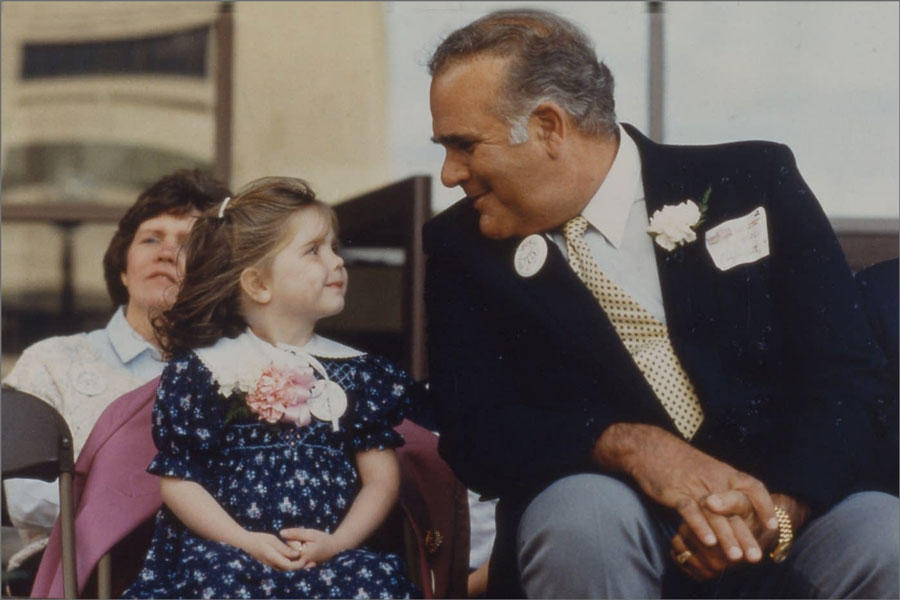
Experimental: The Jamie Fiske Story, Forty years later
40 years ago, she needed a new liver. Her parents made her famous.
In 1982, 11-month-old Jamie Fiske changed the world. She was not expected to reach her first birthday, with a failing liver in an era when organ transplantation was only experimental. Her parents began a nationwide campaign to save their daughter’s life before it was too late. The Medical School's Department of Surgery, led by Dr. John Najarian, agreed to take a chance. In the wake of the case, Congress passed the National Organ Transplant Act.
Watch the Video

A living history of organ transplantation
Forty years later, Jamie Fiske stands as a living testament to the skill of Najarian and the U of M Liver Transplant Program, whose record in recipient survival ranks in the top 10 percent of such programs in the nation, according to the Scientific Registry of Transplant Recipients. But while her story made history, it also owed a great debt to foundational discoveries by University researchers. Since the 1960s, when the first successful kidney transplants in Minnesota were done at the University Hospitals, the U of M has housed one of the world’s oldest and most successful transplant programs.



